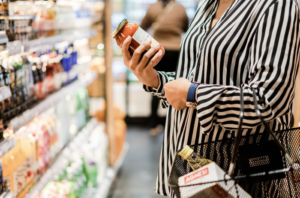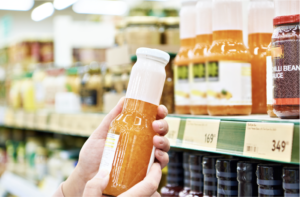Do good things come with smaller packages?
 Manufacturers regularly use different pack sizes to meet a variety of needs. It’s easy to imagine drinking a can of coke for lunch, a large bottle with friends at a party and a small bottle after a run. Which got us thinking: are size strategies responding to consumer needs or are manufacturers pushing their own agendas?
Manufacturers regularly use different pack sizes to meet a variety of needs. It’s easy to imagine drinking a can of coke for lunch, a large bottle with friends at a party and a small bottle after a run. Which got us thinking: are size strategies responding to consumer needs or are manufacturers pushing their own agendas?
We analyzed pack size variants of 2,653 brands across 86 categories in Austria, Spain and France between 2013 and 2016 to learn about recent sizing strategies:
- In total we counted 18,825 different pack sizes – 43% of these were available for all four years, 25% just for one year. The average brand offered 7.1 different package sizes.
- The total number of pack sizes offered has increased over time and manufacturers show a tendency to offer more small packs (relative to their average pack size) in 2016 than 2013.
- Smaller pack sizes contribute more to a brand’s value sales. For example, pack sizes between 25% and 50% of the average pack size of the brand contribute nearly twice as much to the average brand’s value sales than all sizes combined that are at least double the size of the average pack of the brand (see figure).
- Smaller packs also feature more variants per size (e.g., flavors, forms, compositions) than larger packs.
Offering smaller pack sizes seems to be a common strategy lately by brand manufacturers and could be driven by various causes: smaller households, easier listing in retailers, responding to more variety-seeking, and more margin. Interestingly, shopper choice does not mirror this shift towards smaller packs: The contribution of packs with above average size to total brand sales has even increased (a little) between 2013 and 2016.
This begs some interesting questions. Are retailers giving more space to smaller packs and does this make it more difficult for consumers to find what they need? Has the explosion of choice gone too far and does this make your portfolio less efficient? Or is this just good business, smaller packs offer better margins and so should they be given greater preference in store?





























































































































































































































































































































































































































